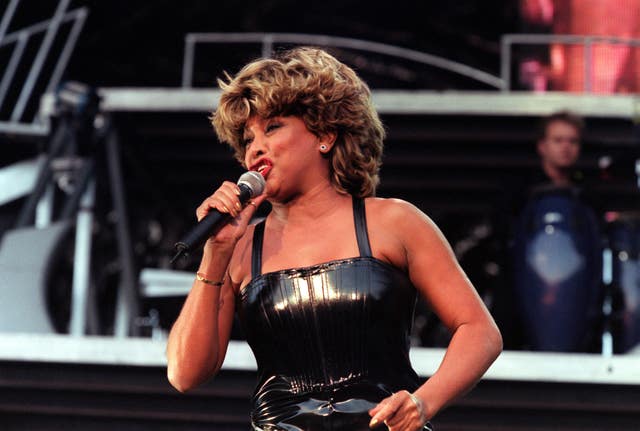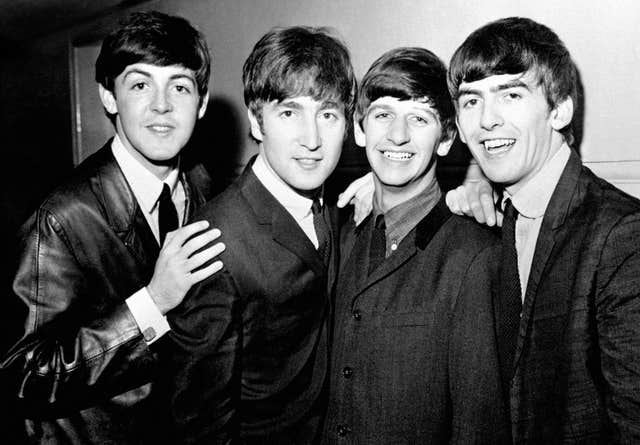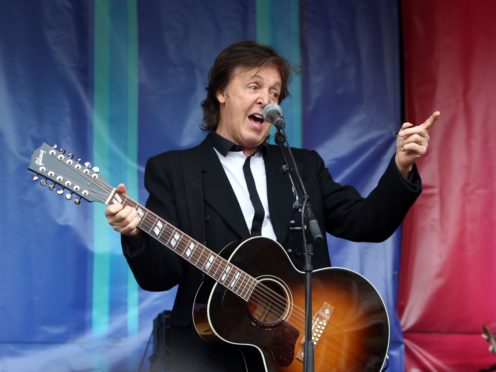Enjoyment of music comes from the right combination of uncertainty and surprise, according to an analysis of more than 700 pop songs.
Scientists have learned that a “good balance” between knowing what to expect and being charmed by the unexpected is what makes classic hits – such as James Taylor’s Country Road, Tina Turner’s What’s Love Got To Do With It, or The Beatles’ Ob-La-Di, Ob-La-Da – so “irresistibly enjoyable”.
Vincent Cheung, a PhD student at the Max Planck Institute for Human Cognitive and Brain Sciences in Germany and lead author of the study, said: “Understanding how music activates our pleasure system in the brain could explain why listening to music might help us feel better when we are feeling blue.”
The team, made up of scientists in Germany and Norway, analysed 80,000 chords in 745 songs listed in the US Billboard Hot 100 chart between 1958 and 1991.
When a song or a piece of music is being played, the listener forms expectations on what sounds – or chords – to expect next.

Based on this understanding, the team developed a computer model to measure the predictive uncertainty and surprise in songs.
Mr Cheung said: “Songs that we find pleasant are likely those which strike a good balance between knowing what is going to happen next and surprising us with something we did not expect.”
The researchers removed elements including lyrics and melody from the songs – keeping only the chord progressions – to rule out other associations to the songs that listeners might have had.
The team then looked at the brain activity of 79 study participants listening to the music, using a technique known as functional magnetic resonance imaging (fMRI).
They found that brain activity increased in three regions – the amygdala, the hippocampus, and the auditory cortex – when the test subjects were listening to music.

These regions play a role in processing emotions, learning and memory and processing sound respectively, the researchers said.
Writing in the journal Cell Press, the team said it found that music evokes pleasure “by encouraging the listener to continuously generate and resolve expectations as the piece unfolds in time”.
Based on their findings, the researchers suggest that further studies could explore “the combined roles of uncertainty and surprise on humans’ appreciation for other art forms such as dance and film”.
Mr Cheung said: “We think there is great potential in combining computational modelling and brain imaging to further understand not only why we enjoy music, but also what it means to be human.”
